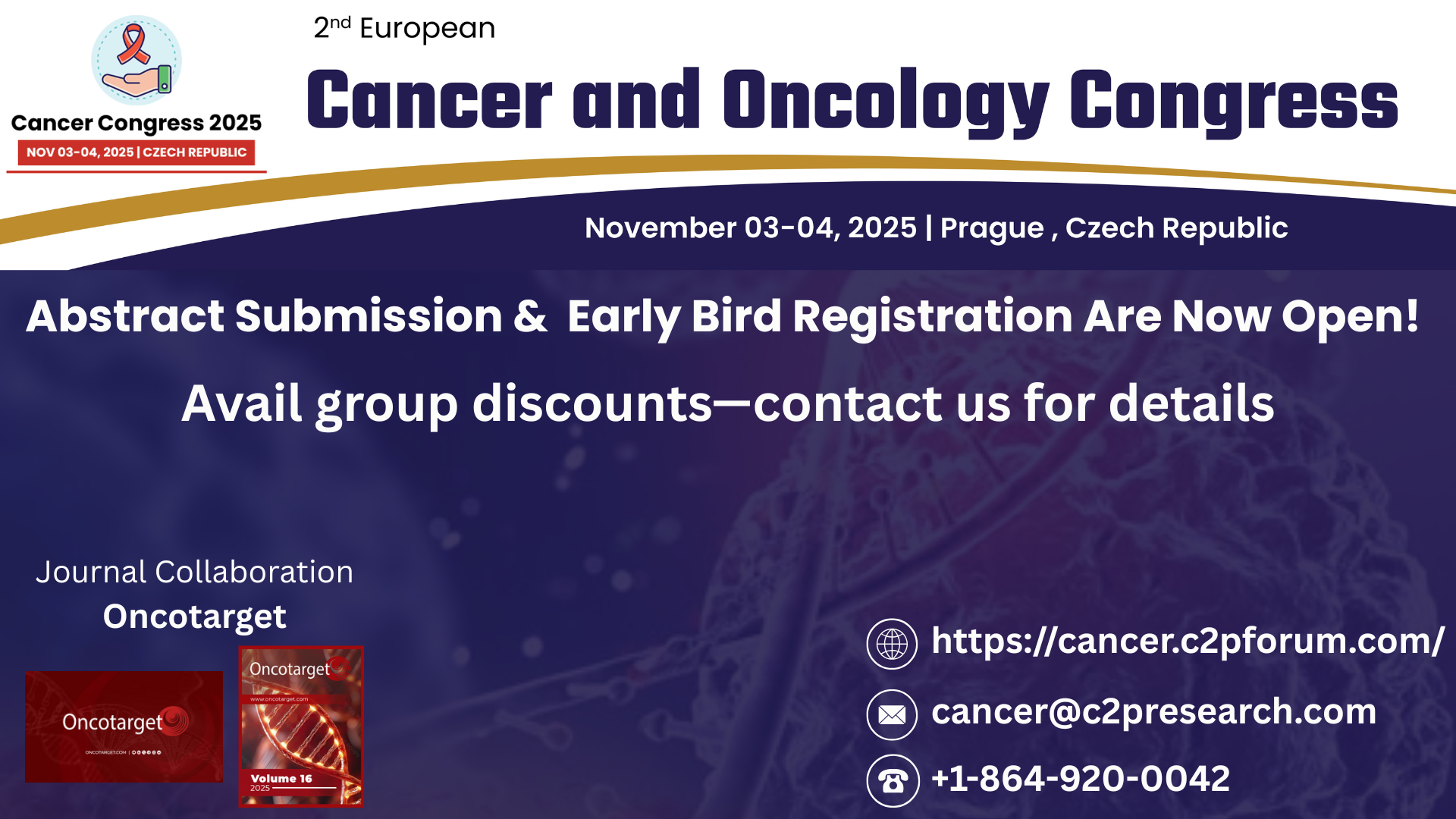Research Papers:
Optogenetic regulation of site-specific subtelomeric DNA methylation
PDF | HTML | Supplementary Files | How to cite
Metrics: PDF 2828 views | HTML 3376 views | ?
Abstract
Samrat Roy Choudhury1, Yi Cui1, Anoop Narayanan2, David P. Gilley3, Nazmul Huda3, Chiao-Ling Lo4, Feng C. Zhou4,5, Dinesh Yernool2, Joseph Irudayaraj1
1Department of Agricultural & Biological Engineering, Bindley Bioscience Center, Purdue Center for Cancer Research, Purdue University, West Lafayette, IN 47907, USA
2Bindley Laboratory of Structural Biology, Bindley Bioscience Center, Purdue University, West Lafayette, IN 47907, USA
3Department of Medical and Molecular Genetics, Indiana University School of Medicine, Indianapolis, IN 46202, USA
4Department of Anatomy and Cell Biology, Indiana University School of Medicine, Indianapolis, IN 46202, USA
5Stark Institute of Neuroscience Research, Indiana University School of Medicine, Indianapolis, IN 46202, USA
Correspondence to:
Dinesh Yernool, email: [email protected]
Joseph Irudayaraj, email: [email protected]
Keywords: optogenetics, single-cells tools, subtelomeric DNA-methylation, telomere-elongation
Received: April 25, 2016 Accepted: June 18, 2016 Published: July 04, 2016
ABSTRACT
Telomere length homeostasis, critical for chromosomal integrity and genome stability, is controlled by intricate molecular regulatory machinery that includes epigenetic modifications. Here, we examine site-specific and spatiotemporal alteration of the subtelomeric methylation of CpG islands using optogenetic tools to understand the epigenetic regulatory mechanisms of telomere length maintenance. Human DNA methyltransferase3A (DNMT3A) were assembled selectively at chromosome ends by fusion to cryptochrome 2 protein (CRY2) and its interacting complement, the basic helix loop helix protein-1 (CIB1). CIB1 was fused to the telomere-associated protein telomere repeat binding factor-1 (TRF1), which localized the protein complex DNMT3A-CRY2 at telomeric regions upon excitation by blue-light monitored by single-molecule fluorescence analyses. Increased methylation was achieved selectively at subtelomeric CpG sites on the six examined chromosome ends specifically after blue-light activation, which resulted in progressive increase in telomere length over three generations of HeLa cell replications. The modular design of the fusion constructs presented here allows for the selective substitution of other chromatin modifying enzymes and for loci-specific targeting to regulate the epigenetic pathways at telomeres and other selected genomic regions of interest.
 All site content, except where otherwise noted, is licensed under a Creative Commons Attribution 4.0 License.
All site content, except where otherwise noted, is licensed under a Creative Commons Attribution 4.0 License.
PII: 10394

